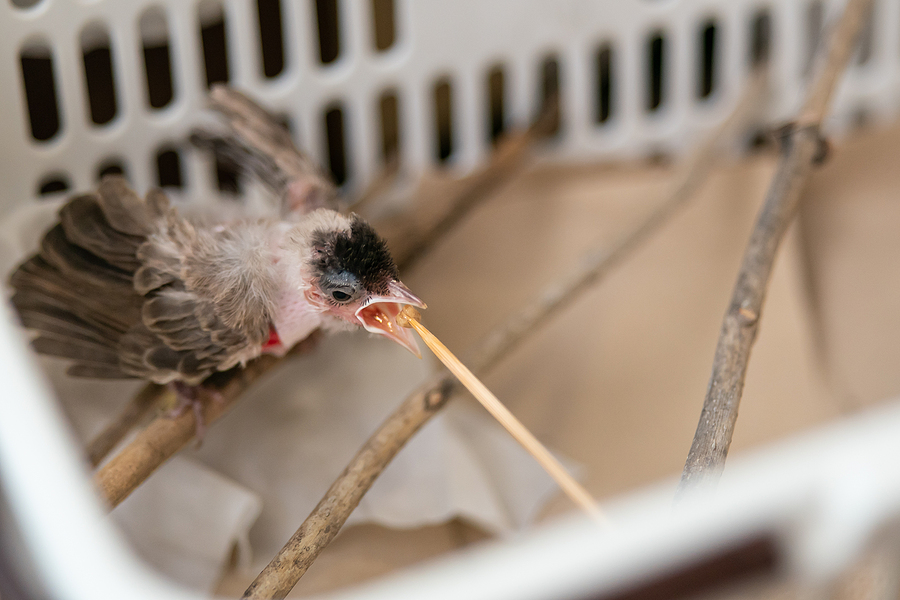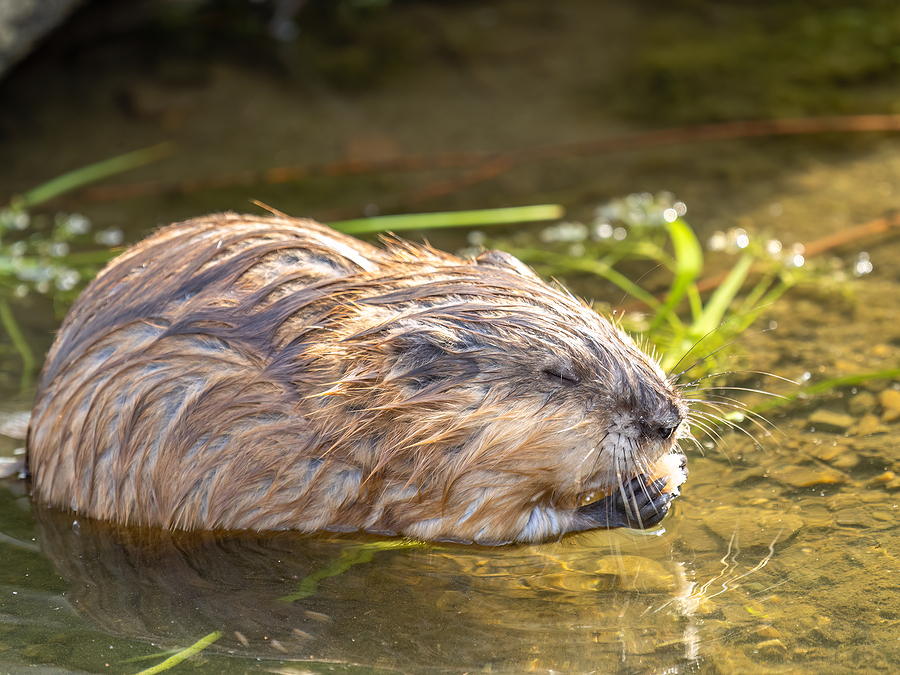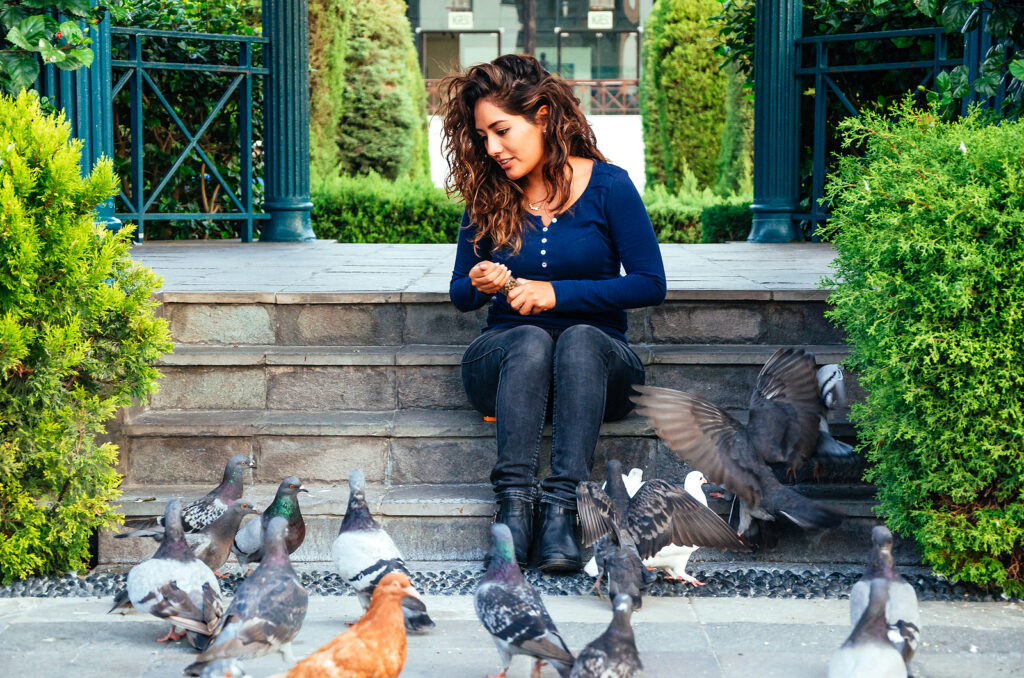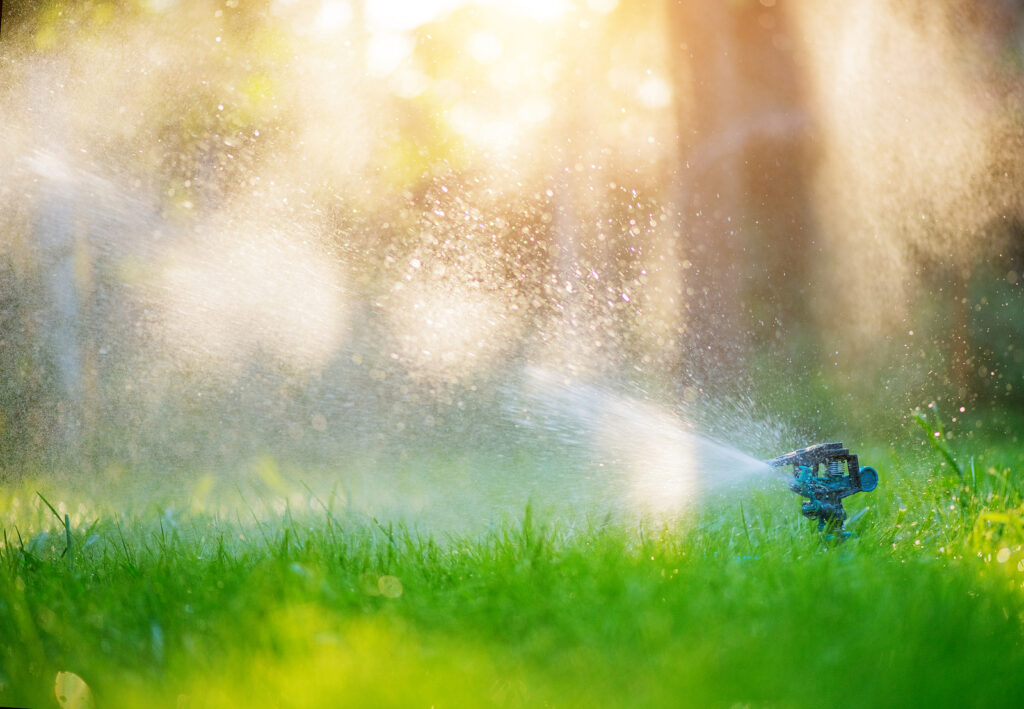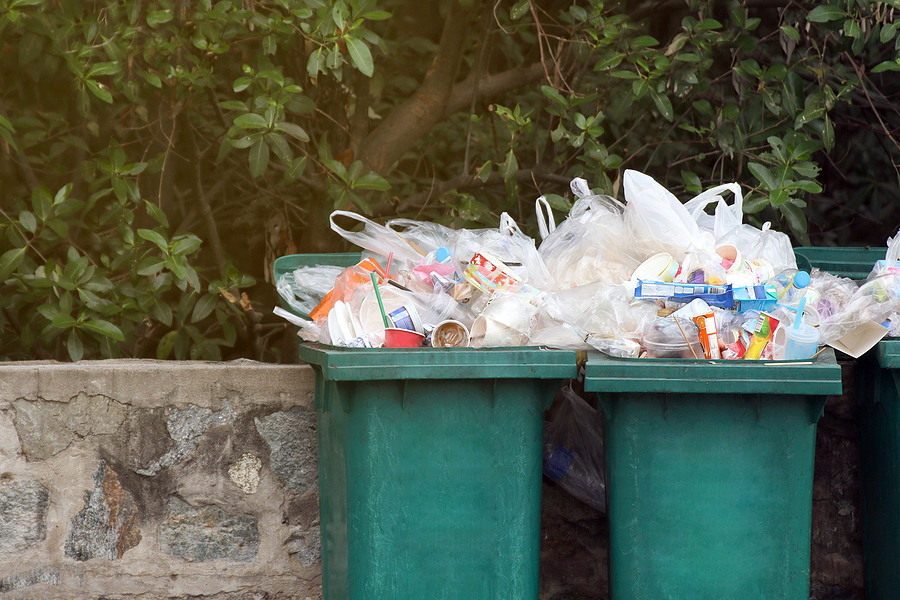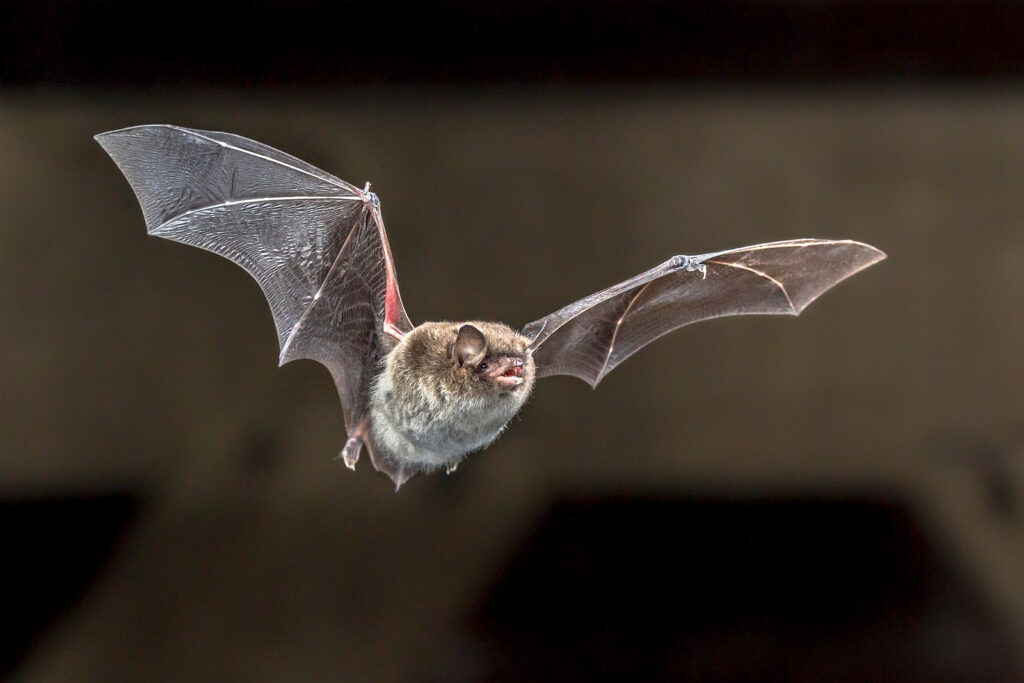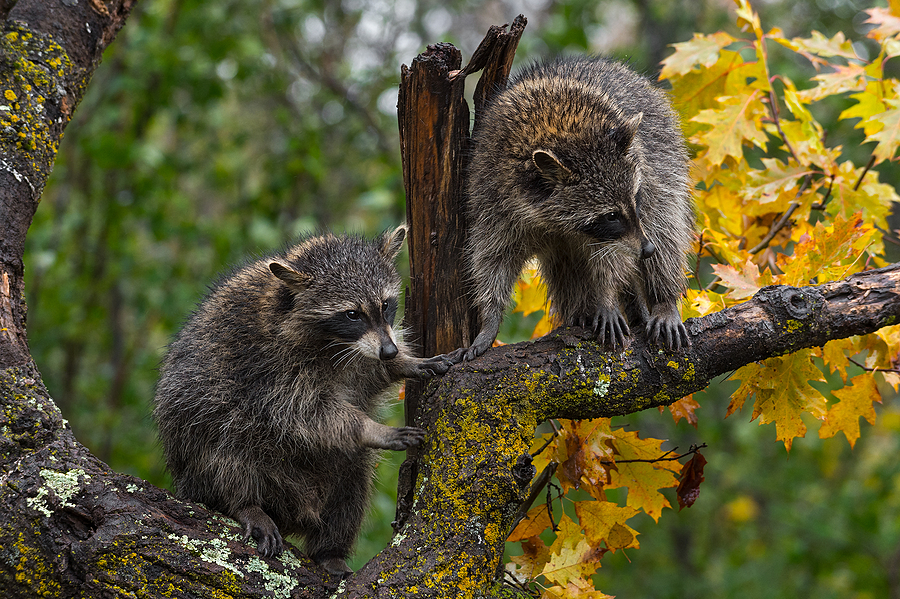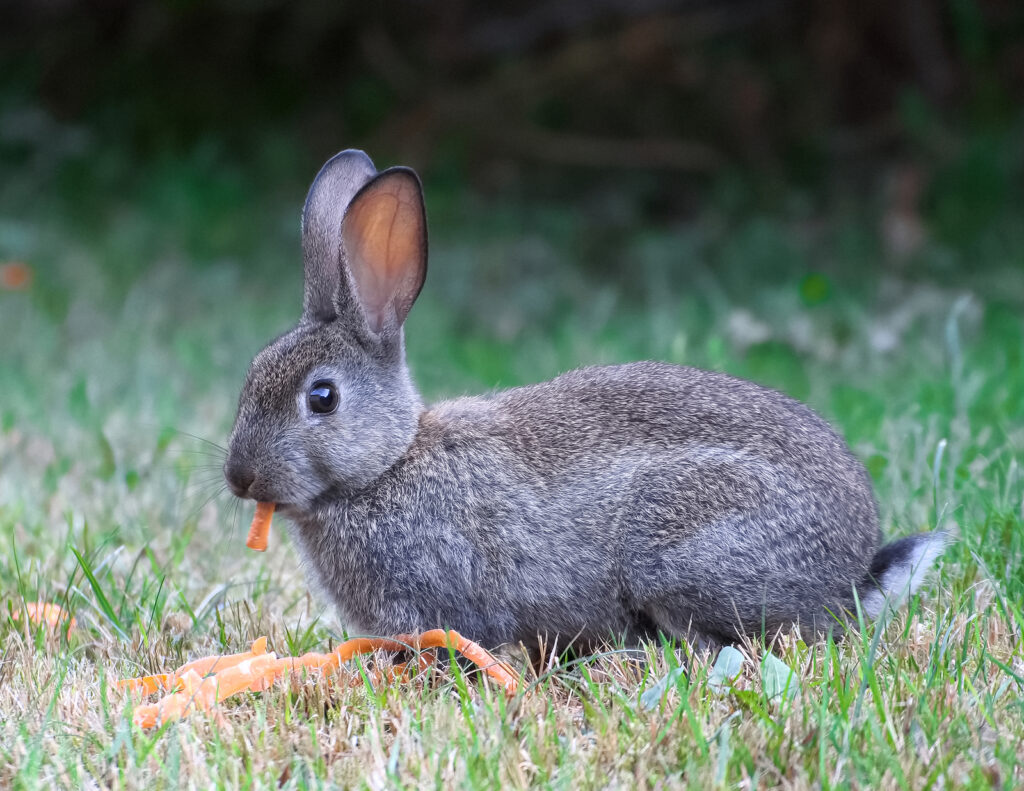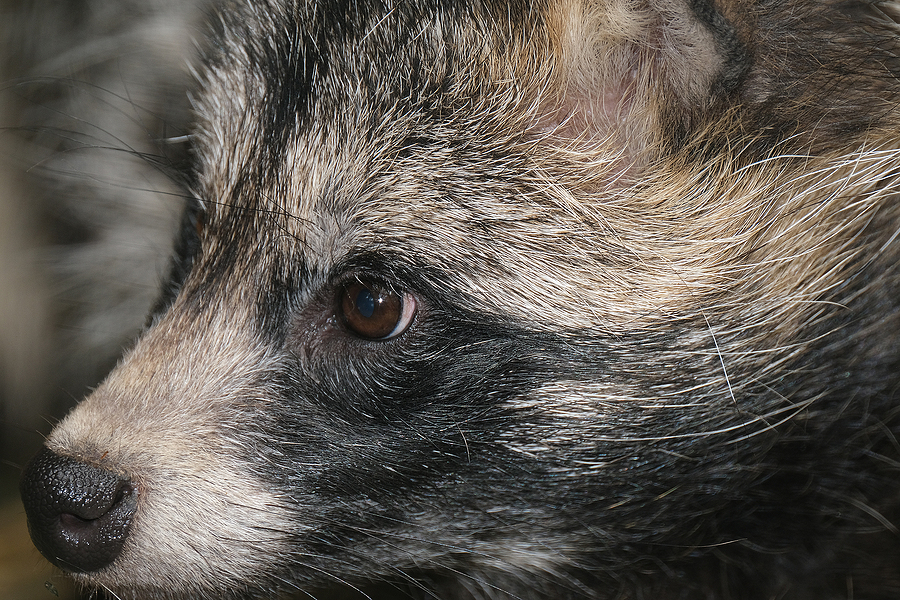According to the National Pest Management Association, wildlife control service is a growing industry that helps manage animals that have become pests. These services are important because they help keep people, property, and natural resources safe from harm. Continue below to learn just how important local wildlife removal and control services are vital to the betterment of your surrounding communities, plus what to do if you are currently dealing with a nuisance pest problem on or around your property.
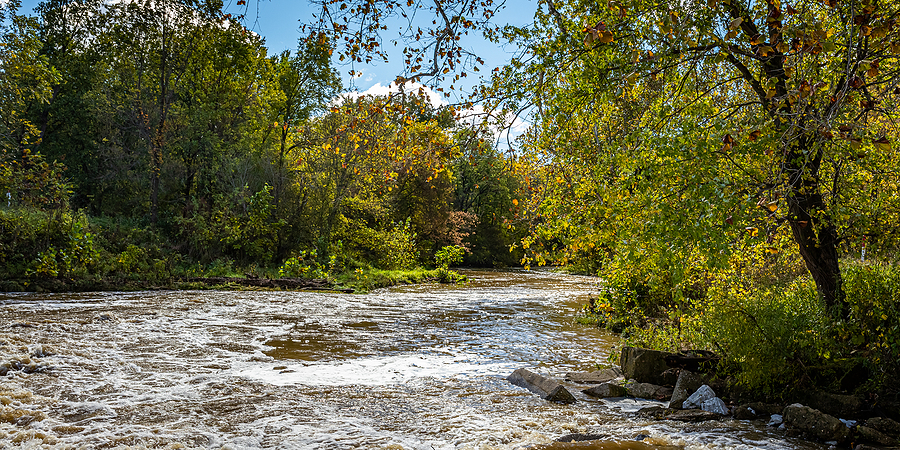
Top 3 Reasons Why Indiana Wildlife Control Service is So Valuable
Enhanced Health and Safety
Wildlife control services can be used to remove animals from homes, businesses, and other structures. They can also be used to prevent animals from entering these same areas. These services are important because they can help reduce the spread of diseases, such as rabies, and protect people from attacks by wild animals.
Animal Damage Restoration and Repairs
In addition to safety, wildlife control services can also help preserve property. Animals that are not properly controlled can cause damage to buildings and other structures. They can also destroy landscaping, contaminate food and water supplies, and create hazardous driving conditions. By removing these animals from an area, local wildlife control services can help to reduce the amount of damage they cause.
Protected Natural Resources
Finally, wildlife control services play an important role in protecting our natural resources. Animals that are not properly controlled can harm delicate ecosystems and adversely affect wildlife populations. By controlling these animals, we can help to ensure that our natural resources are protected for future generations.
How to Safely Stop a Pest Problem
If you have a problem with an animal on your property, it is important to contact a professional Indianapolis wildlife control service. These services can help to keep you, your property, and our natural resources safe. Do not attempt to touch, trap, harm, kill, or even tamper with a wild animal. In Indiana, it is illegal to trap wild animals without a license. The Indiana Department of Natural Resources (DNR) offers a trapping license for residents and non-residents who wish to trap furbearing animals on public or private property.
A trapping license allows the holder to trap beaver, coyote, deer, fox, muskrat, opossum, raccoon, river otter, weasel, and bobcat. The license costs $19 for residents and $65 for non-residents. Trappers must follow all state and federal laws when trapping animals. These laws include requirements for tagging and reporting catches, as well as minimum size and species restrictions. Trappers who violate these laws may be subject to fines and other penalties.
Are you concerned that nuisance animals are getting too close after feeding them for too long? Contact Modern Wildlife Control at 317-847-6409 for professional and humane animal trapping and removal services at the most competitive prices in Indianapolis, Indiana. We serve residential and commercial clients, and a wide range of local wildlife.
Related Posts:
How to Tell if You Have Nuisance Animal Problems
What to Do if You Find an Abandoned Baby Animal
How to Safely Get Rid of a Dead Animal on Your Property

